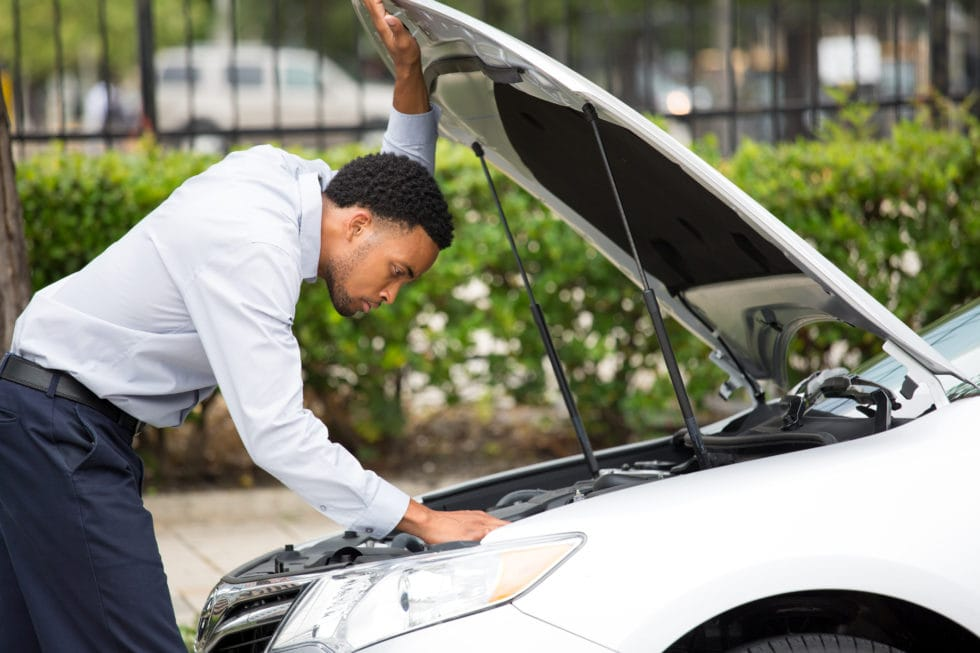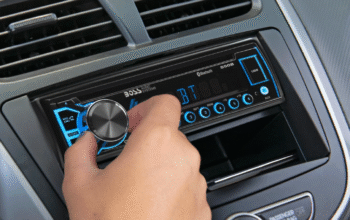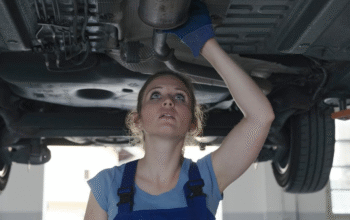Why Your Car Won’t Start: 7 Easy Fixes You Can Try First. heres sloution. Nothing’s worse than hopping into your car, turning the key (or pressing the start button), and nothing happens. A dead car can throw a wrench in your day, especially not knowing what’s not working. But don’t panic – most ailments preventing your car from starting are surprisingly easy to check and fx from home, so you won’t have to call a tow truck or shell out big bucks at the mechanic’s shop.
This is a great guide for new drivers or people who drive every day. Below are seven really smple and practical checks you can try for yourself before you call in help.
1. Check the Battery Terminals
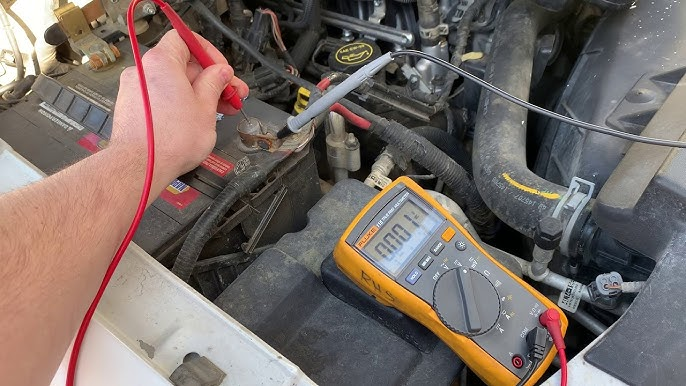
One of the most common reasons a car won’t start is a dead or weak battery. But bfore you assume the battery needs replacing, check the battery terminals first.
What to look for:
Pop the hood and inspect the battery. If you see corrosion (a white or bluish powder) around the terminals, that might be preventing a good connection.
How to fix it:
Utilize a battery terminal cleaner or a baking soda and water combination and a toothbrush to scrub the terminals. Be sure the car is off and use gloves! After cleaning, reassemble and tighten the connections securely.
Pro Tip: You can also try giving the terminals a slight twist—if any mve, they’re too loose, and they might not be conducting power.
2. Try Jump-Starting the Car
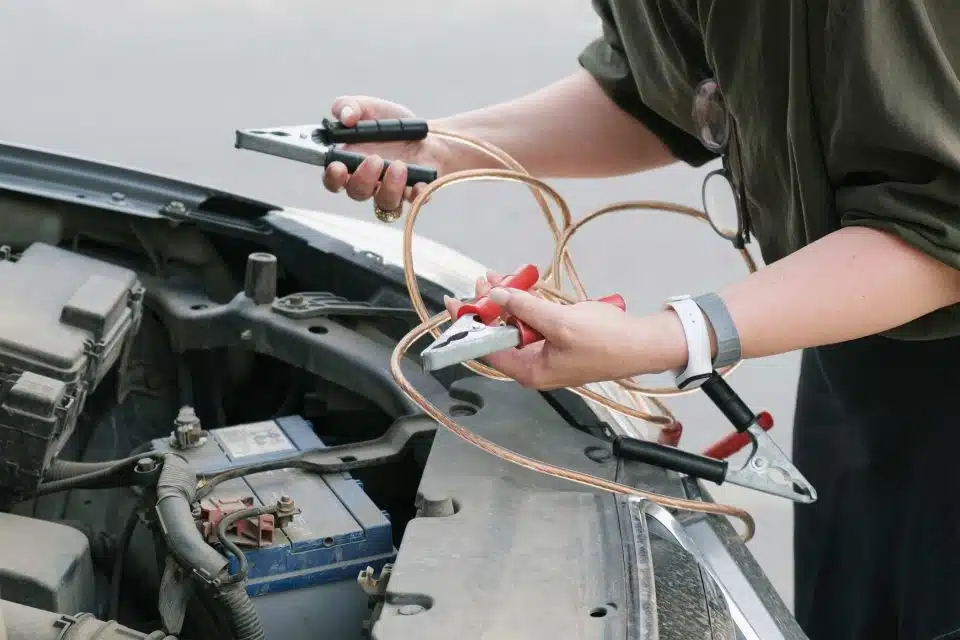
If the battery seems dead (no lights, no clicking, no cranking), a jump-start might get you back on the road.
What you’ll need:
- A set of jumper cables
- Another car with a working battery
- A portable jump starter (optional but very useful)
How to do it:
- Connect red (positive) to the dead battery’s positive terminal.
- Connect the other red clamp to the good battery’s positive.
- Connect black (negative) to the good battery’s negative terminal.
- Connect the final black clamp to a metal, unpainted surface on your car (not the dead battery).
- Start the donor car, wait a minute or two, then try starting yours.
If it starts, let it run for at least 15-20 minutes to recharge the battery.
3. Make Sure You’re in Park or Neutral
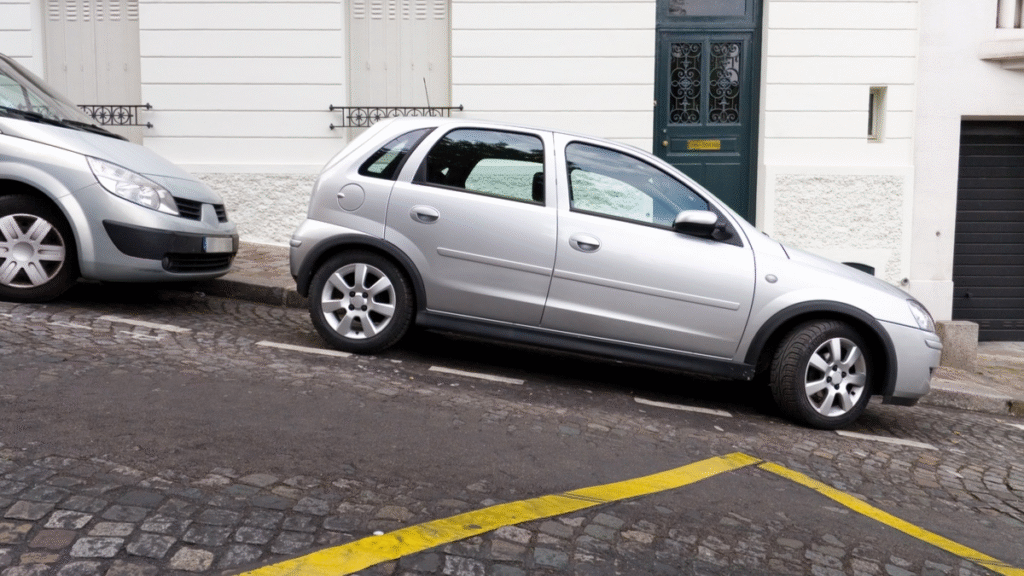
This may seem too simple, but it’s an easy thing to overlook—especially if you’re in a rush.
What to look for:
If the gear selector isn’t fully in “Park” (P) or “Neutral” (N), the car won’t start. This is a safety feature.
How to fix it:
Move the gear shifter firmly into Park or Neutral and try starting the engine again. If your car has a manual transmission, make sure the clutch is fully pressed.
Tip: If you suspect the shifter or ignition switch is acting up, try gently rocking the car while turning the key or pressing the brake firmly and trying again.
4. Listen for the Click – It Tells You a Lot

When you turn the key or press the start button, pay attention to what happens. A single loud click (or rapid clicking) gives you clues.
What to listen for:
- One click but no cranking: This often points to a bad starter motor or solenoid.
- Rapid clicking: Usually a sign of a weak battery or bad battery connections.
How to fix it:
Try jump-starting as mentioned earlier. If that doesn’t work and you only hear one click, tap the starter motor gently with a metal tool (like a wrench). Sometimes, this temporary fix can help the starter engage.
Warning: This is a short-term solution. If it works, have the starter inspected or replaced soon.
5. Check the Fuel Level and Fuel Pump
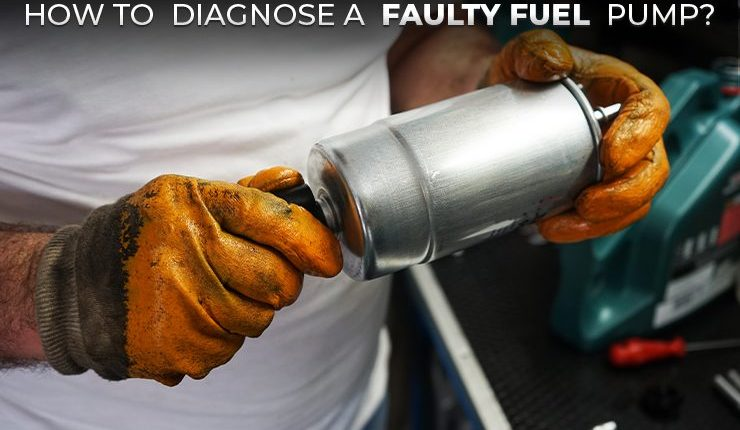
Running out of gas might sound silly, but it happens more often than you’d think—especially if your fuel gauge is broken or inaccurate.
What to check:
- Turn the ignition to the “On” position. Do you hear a faint humming sound from the back of the car? That’s the fuel pump priming the system. If you don’t hear it, your fuel pump may not be working.
How to fix it:
- If you’re unsure about the fuel level, add a few liters of gasoline and try again.
- If the pump isn’t making any noise, check your owner’s manual for the fuel pump fuse or relay and inspect it.
Tip: Tapping the fuel tank with a rubber mallet while someone cranks the engine can sometimes get a stuck pump moving—but like with the starter trick, this is a temporary fix.
6. Check the Fuses and Relays
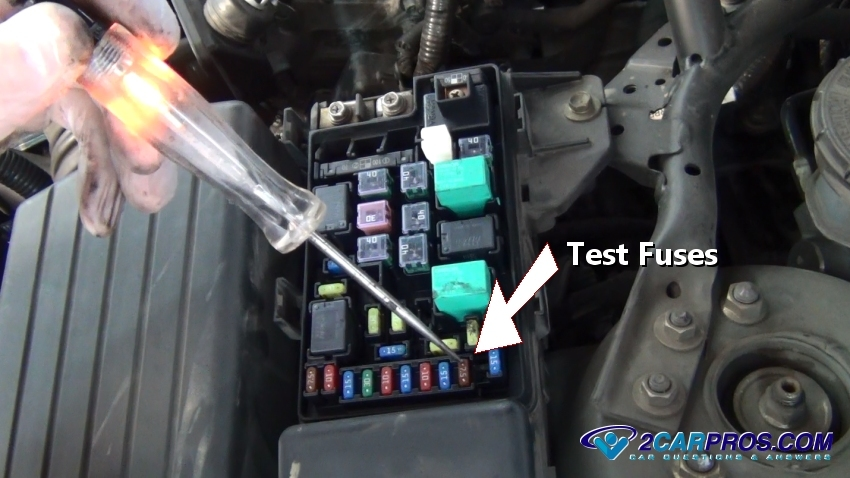
A blown fuse or faulty relay can prevent your engine from starting—especially for the starter circuit, ignition switch, or fuel pump.
How to check:
- Open the fuse box (usually under the dash or in the engine bay) and look for blown fuses. A blown fuse will have a visible break in the metal strip.
- Many fuse boxes have diagrams on the lid, or you can find them in the owner’s manual.
How to fix it:
- Replace any blown fuse with one of the same amperage rating.
- Swapping a relay with another of the same kind (like a horn relay) can also help identify a bad relay.
Caution: If a fuse blows again immediately, it’s likely there’s a deeper electrical issue that needs professional attention.
7. Try a Different Key or Reset the Security System

Modern cars have immobilizers or anti-theft systems that can prevent your car from starting if they don’t recognize the key.
Signs of an issue:
- The security or immobilizer warning light is blinking
- The car cranks but doesn’t start
- You just got a new key or replaced the battery in your key fob
How to fix it:
- Try starting the car with your spare key
- Lock and unlock the doors using the key fob or physical key
- In some cars, you may need to insert the key and leave it in the “On” position for 10 minutes to reset the system
Tip: Check your owner’s manual for security system reset procedures for your specific vehicle model.
When It’s Time to Call a Mechanic
If you’ve gone through these seven steps and your car still won’t start, the issue could be more serious. Here are a few problems that likely require professional help:
- Bad alternator
- Engine timing problems
- Clogged fuel injectors
- Faulty ignition coil or ECU issues
- Internal engine failure
Don’t hesitate to call roadside assistance or a trusted mechanic if you feel stuck or uncomfortable troubleshooting further.
Final Thoughts
Why Your Car Won’t Start: 7 Easy Fixes You Can Try First. Having a car that won’t start can feel daunting, but it typically boils down to a couple of simple culprits such as a weak battery, developing driveability issues, or user error. Use this checklist of seven items to inspect first and you may save time, save money, save stress.
The situation can turn from a crisis to a quick fix with the proper collection of tools, for example, a set of jumper cables and/or combination tool kit; flashlight; and portable jump starter. You will also find that the more you become aware of the normal operation of your vehicle, the easier it will be to recognize when you have a problem.
So, next time your car won’t start, take a deep breath and go through this checklist. You may very well find you can get back on the road without a tow truck.

